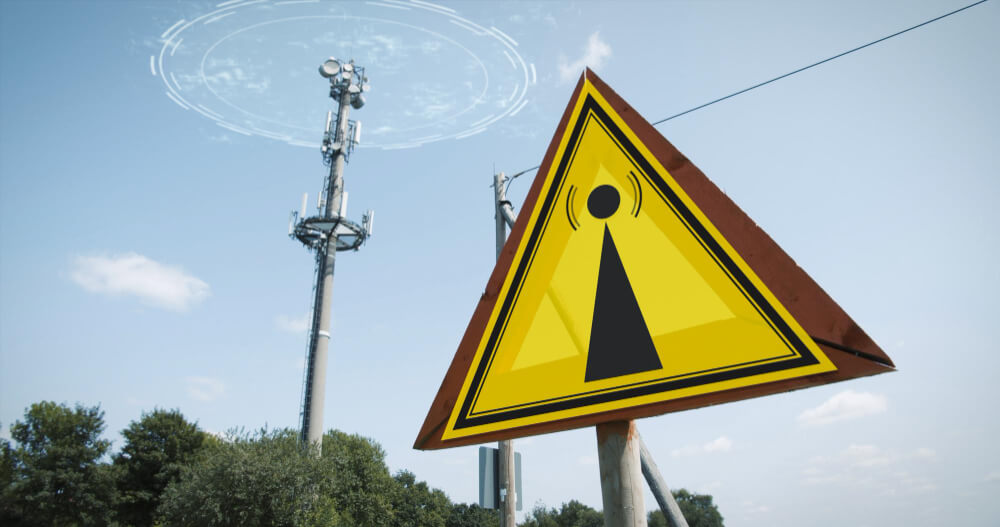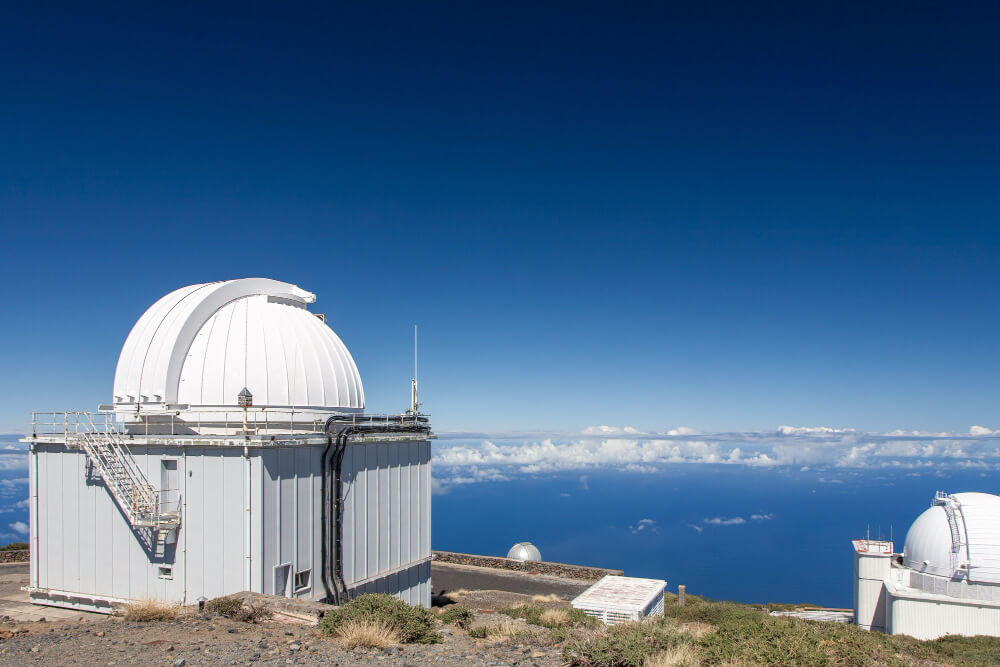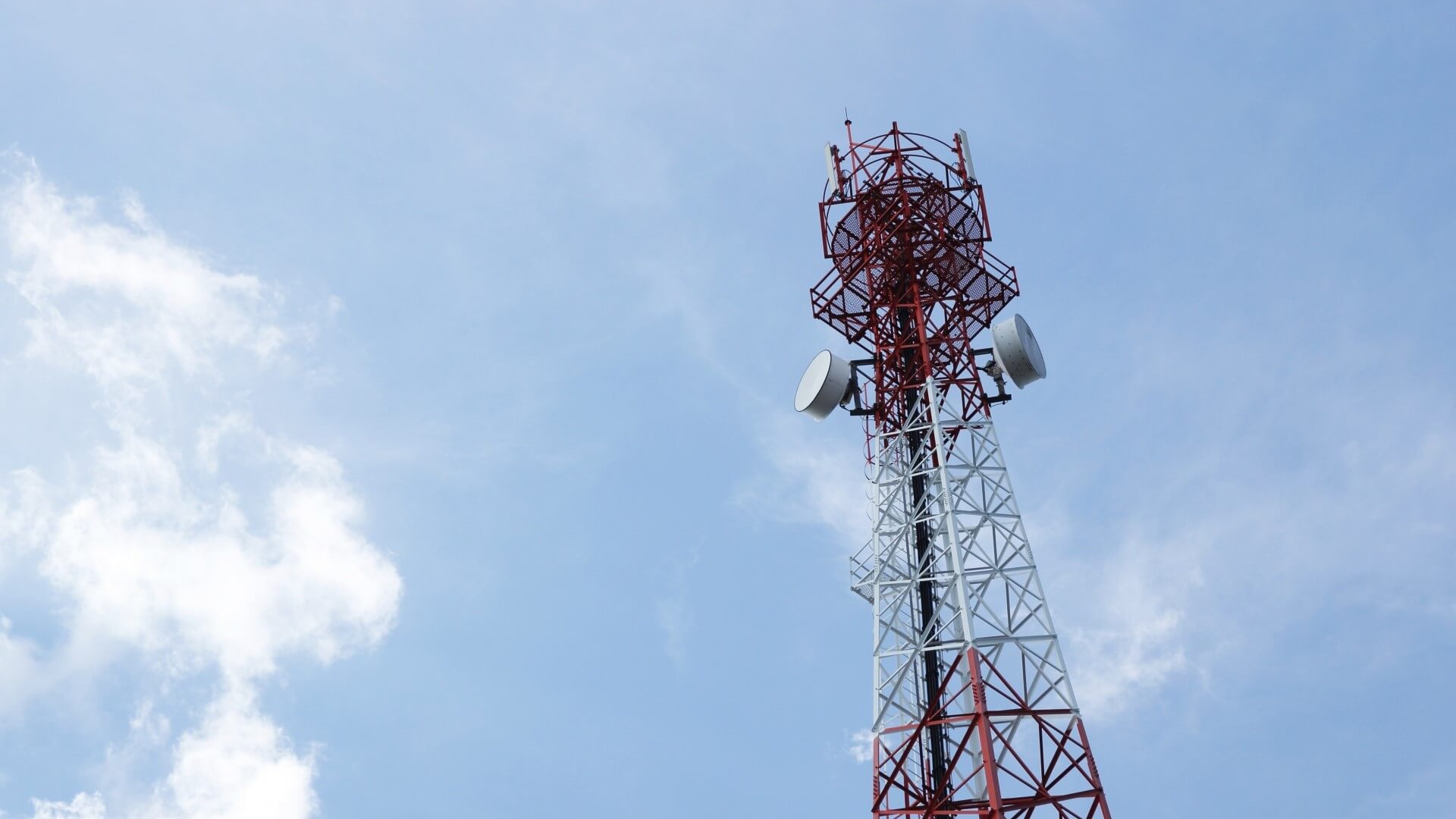Introduction of Base Station
Base Station (Base Station), also known as base station site or base station equipment, is one of the key devices in a wireless communication network. Base Station is used for communication and data transmission with mobile devices (such as cell phones, wireless network cards, etc.) to realize wireless communication coverage.
The function of the base station
1、Wireless signal transmission: BTS sends signals to surrounding wireless devices through radio waves and receives signals from wireless devices to realize two-way communication.
2、data transmission: the base station is responsible for processing and forwarding the data sent and received by wireless devices, including voice, SMS, image, video and other types of data.
3、Connection and switching management: the base station is responsible for managing the connection and switching with wireless devices to ensure the stability and continuity of wireless communication. When wireless devices move from the coverage of one base station to another, the base station will be responsible for switching the connection to keep the communication going.
4、Spectrum management: BTS is responsible for managing the spectrum resources in wireless communication, including frequency allocation, scheduling and optimization, to ensure the normal operation of wireless communication network and rational use of resources.

The composition of the base station
1、Antenna: the antenna used to send and receive signals to and from the surrounding wireless devices, usually installed in high places such as tower masts and buildings to achieve better communication coverage.
2、Wireless transmission equipment: including equipment used for the transmission and reception of radio frequency signals, such as radio frequency transmitters, radio frequency receivers and so on.
3、Signal processing equipment: used for processing and forwarding the signals sent and received by the wireless equipment, including signal processors, modems, codecs and so on.
4、transmission medium: used to connect the base station and the core network between the transmission medium, such as optical fiber, microwave antenna, etc..
5、Power supply and battery backup system: Provide power supply for the base station to ensure the continuous operation of the base station, and also equipped with backup power supply such as backup batteries or generators to cope with emergencies such as power failure.

The types of base stations
1、Macro Base Station: Also known as macro cellular base station, it has a larger coverage area and is usually used in urban and rural areas, which can cover larger areas such as cities and villages. Macro base stations generally have higher transmission power and longer communication distance, which can support more users to communicate at the same time.
2、micro base station: also known as micro cellular base station, coverage is relatively small, usually used in cities, commercial areas, indoor and other densely populated areas. The transmission power of micro base station is lower and the communication distance is shorter, but it can provide higher network capacity and better signal quality.
3、Indoor Base Station: Base station specialized for indoor environment, usually installed in large buildings, shopping malls, airports, subways and other indoor places, used to provide indoor wireless communication coverage.
4、Mobile base station: also known as vehicle-mounted base station, installed in vehicles, used to provide temporary wireless communications coverage, such as emergency communications, mobile communications vehicles.
5、Sector base station: macro base station or micro base station is usually divided into multiple sectors, each sector is covered by one or more antennas, used to provide communication coverage in different directions.

The application of the base station
1、Mobile communication: Base station is the infrastructure of mobile communication network, through the wireless communication services provided by the base station, users can make voice calls, SMS and data transmission on mobile devices to realize mobile communication.
2、Internet access: Base stations enable users to connect to the Internet and carry out various online activities on the Internet, such as browsing web pages, sending emails, social media, etc., by providing wireless network access.
3、IoT: Base stations play a key role in IoT by providing wireless communication services, connecting various IoT devices to the Internet, realizing communication and data transmission between devices, and promoting the development of IoT applications.
4、Emergency communication: Base stations can be used as temporary communication facilities for emergency communication, which are used for communication guarantee in emergency situations such as disaster rescue and disaster relief.
5、Intelligent city: Base stations are increasingly used in intelligent cities to realize the interconnection between various devices and systems in the city and promote the intelligent and digital development of the city through the provision of wireless communication services within the intelligent city.
